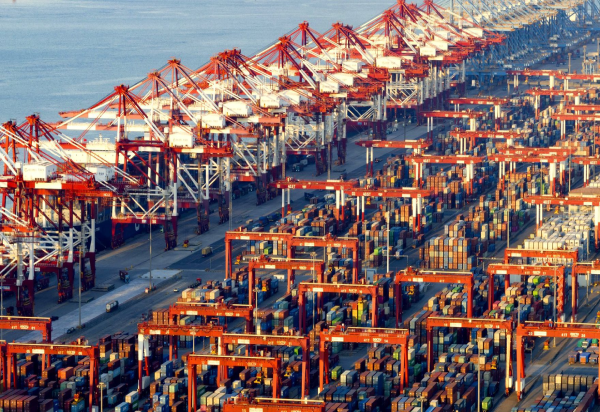Introduction
In a move that underscores China’s commitment to expanding the Belt and Road Initiative and strengthening trade ties with Europe, a new international freight train service has recently been launched from Hubei Province in central China to Europe. This initiative provides a significant boost to transcontinental trade and supports global supply chains amid ongoing economic challenges.
Project Background
Hubei Province, a key industrial and logistical hub in central China, witnessed the departure of its first China-Europe freight train from Wuhan—the provincial capital—on [launch date]. The train is loaded with containers carrying a variety of manufactured goods, including:
Electronics
Home appliances
Auto parts
Construction materials
Textiles and garments
Service Details
Destination: Europe (e.g., Duisburg, Germany or Warsaw, Poland – depending on the route)
Travel Duration: Approximately 15–18 days (faster than sea freight and cheaper than air freight)
Cargo Volume: Around 50 containers per train
Frequency: 4 to 8 trips per month
Route: Passing through Central Asian countries such as Kazakhstan and Russia or Belarus before reaching Europe
Economic Significance
1. Boosting Foreign Trade
The new rail service offers Chinese companies faster and more direct access to European markets, enhancing global competitiveness.
2. Strengthening Supply Chains
The service provides a flexible and stable alternative to maritime and air routes, reducing delivery risks and delays.
3. Stimulating Hubei’s Local Economy
It promotes local industrial growth, attracts investment in logistics, and creates employment opportunities within the province.
Part of the Belt and Road Initiative
This service is a key component of China’s Belt and Road Initiative (BRI), which aims to improve trade connectivity and infrastructure between Asia, Europe, and beyond. The transcontinental freight train network plays a vital role in implementing this vision by offering efficient, cost-effective transport solutions.
European Response
The project has been positively received by European nations, who view cooperation with China as a means to strengthen bilateral trade and diversify supply chain channels. Some European ports are preparing to expand their capacity to accommodate increasing volumes of Chinese freight trains.
Future Outlook
The service is expected to expand to more European cities and connect with additional Chinese industrial centers in the future. Further investments are planned to enhance infrastructure, reduce transit times, and implement advanced logistics technologies such as smart container tracking and digital customs clearance.
Conclusion
The launch of the new China-Europe freight train service from Hubei marks a significant milestone in boosting Sino-European trade integration. This project reinforces China’s role as a global logistics hub and is poised to reshape the landscape of trans-Eurasian freight transport in the coming years.








